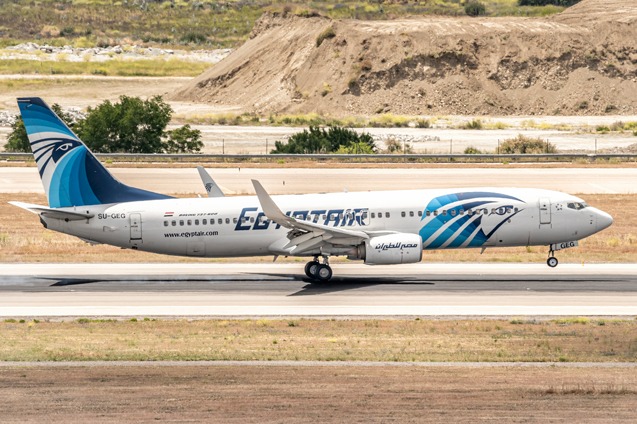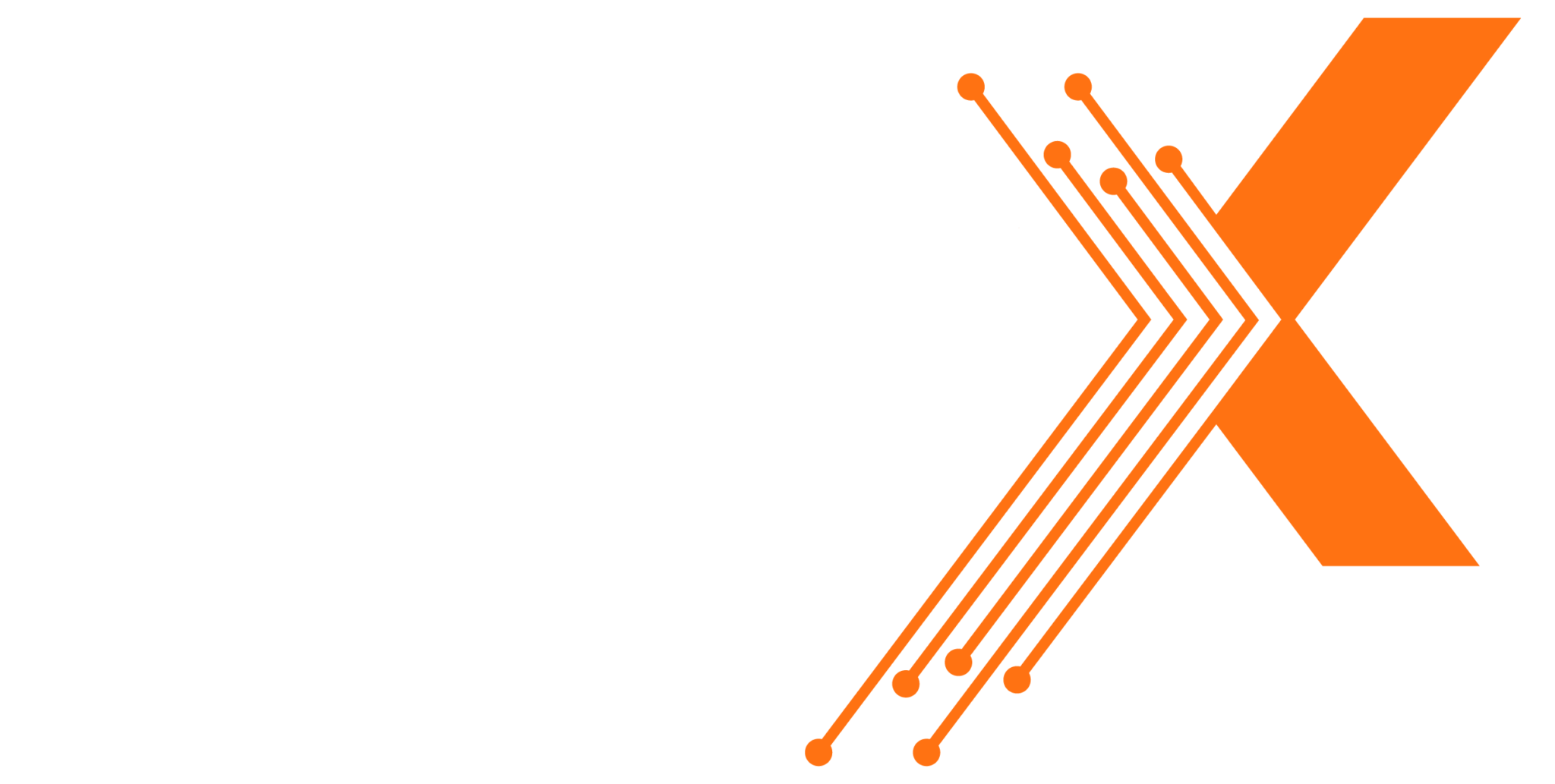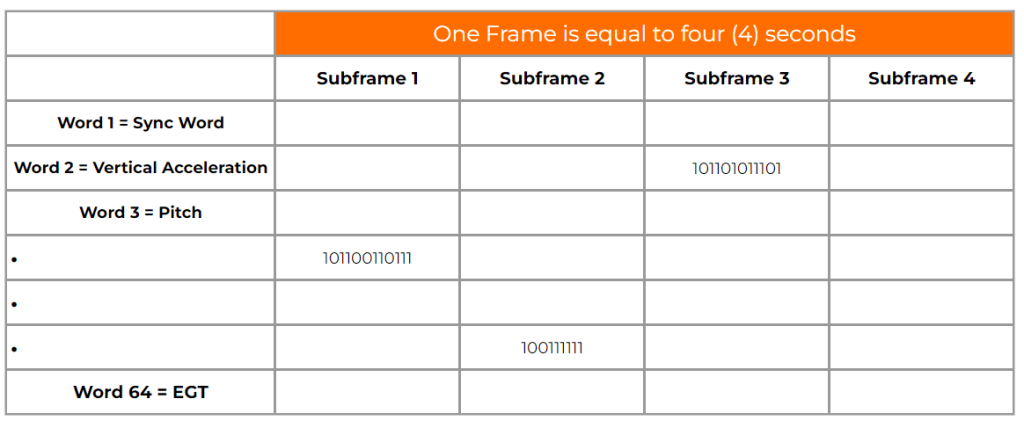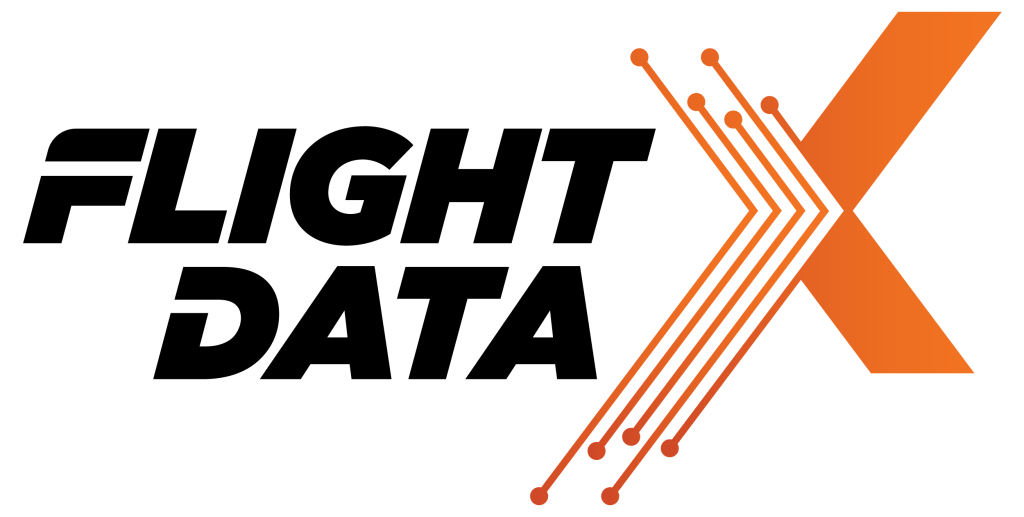Advanced
Flight Data Analysis
FDA 301
Your first Quiz? You analyze the Boeing 737NG elevator position parameter and notice the left and right elevators moving in the opposite direction. Where do you go from here?
This course covers the complete analog and digital flight data conversion process from sensor theory (i.e. characteristics of synchros, lvdts, rvdts, potentiometers, frequency output sensors, etc…) to DFDAU processing (signal conditioning, multiplexing, AD conversion), all the way to FDR storage and output (file format & subsequent data output via flight data display). The instructor will cover several linear, non-linear, polynomial, piecewise, curve-fit, logic, and synchro type conversions, so you will be well equipped to handle any flight data formula in the market. You’ll study several sensor models using MS Excel, in order to gain experience in developing conversion equations for Flight Data Recording Systems.
Prerequisite:
Covers a wide spectrum of benefits!
Certification
If you haven’t mastered FAA Advisory Circular 20-141B, then this is your course! You’ll grasp all the essentials of FDR airworthiness and ops approval to support your parameter certification, compliance & expansion programs.
Accident Investigation
No wonder so many aircraft accident investigators attend this course. Review the archives of previous accidents and you come to understand the challenges faced by investigators when FDR parameter values were found to be incorrect, offset, or even completely missing. FDA 301 will close that gap!
Sensor Replacement
Suffering from poor sensor reliability? Considering replacing that sensor with a completely differnet part number? Become adept at FDR sensor compatibility and interchangeability mathematics.
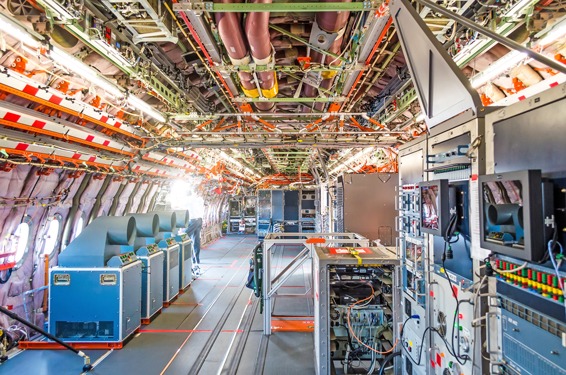
During flight test, you’ll need to map, scale out, and calibrate several sensors in order to accommodate the dynamic sensor range and ‘outside of the envelope’ extremes demanded by the certification environment. Sensors are attached to every corner of the aircraft for the sole purpose of real-time recording and post analysis. Knowing how to scale and map sensor outputs to parameter values is a minimum requirement.
“Attending FDA 301 offers several key benefits. You’ll gain a comprehensive understanding of non-linear polynomials and their applications for analysis of flight data. You will learn conversion techniques that enhance your ability to tackle complex mathematical problems effectively, while benefitting from the insights of experienced instructors who provide real-world examples and tailored guidance. You will also develop analytical skills that improve your ability to approach and resolve intricate flight data parameter challenges. Overall, FDA 301 equips you with the tools and knowledge to excel in your academic and professional flight data science pursuits.”
Hala Askar
Aircraft Accident Investigator
Egyptian Ministry of Civil Aviation
